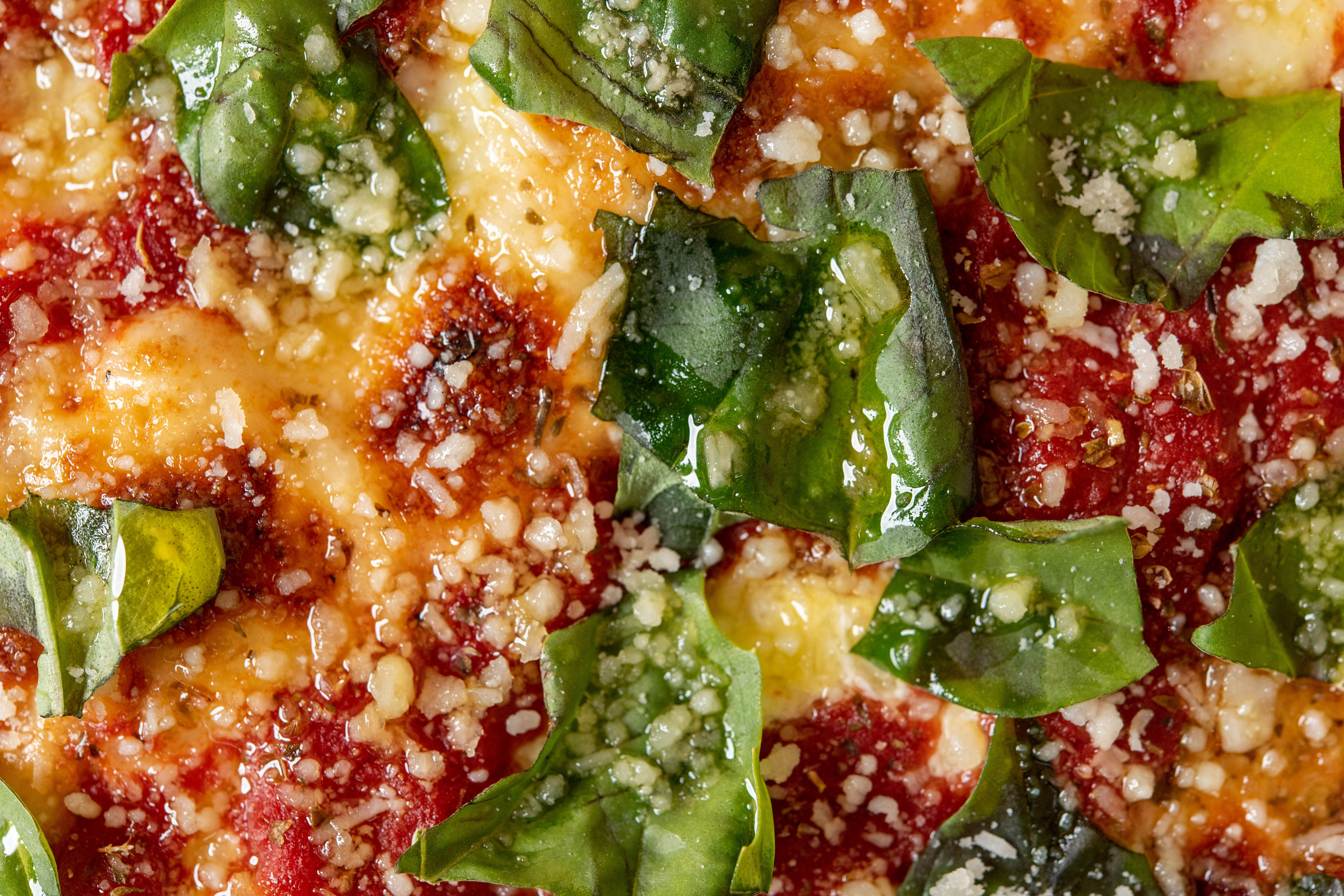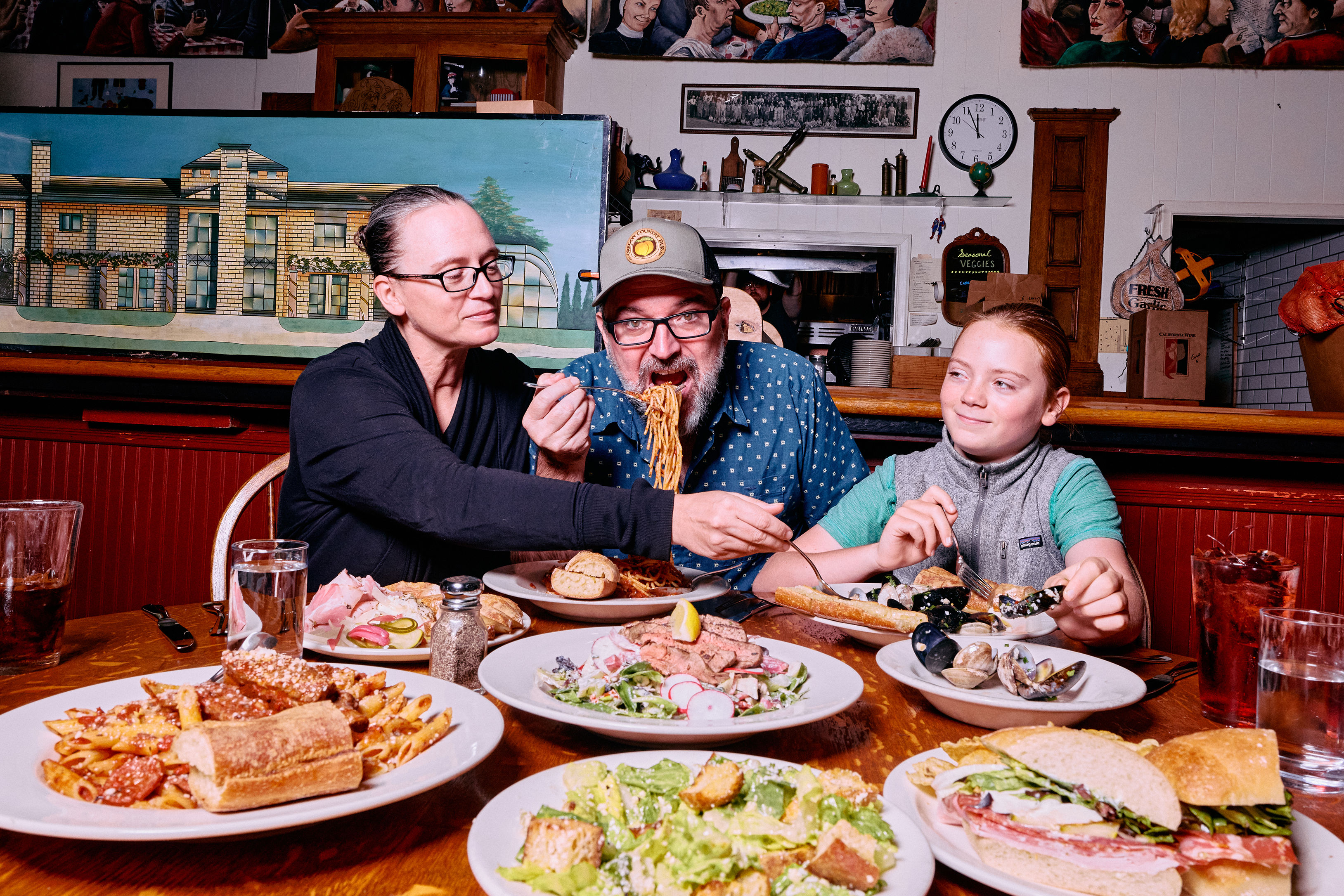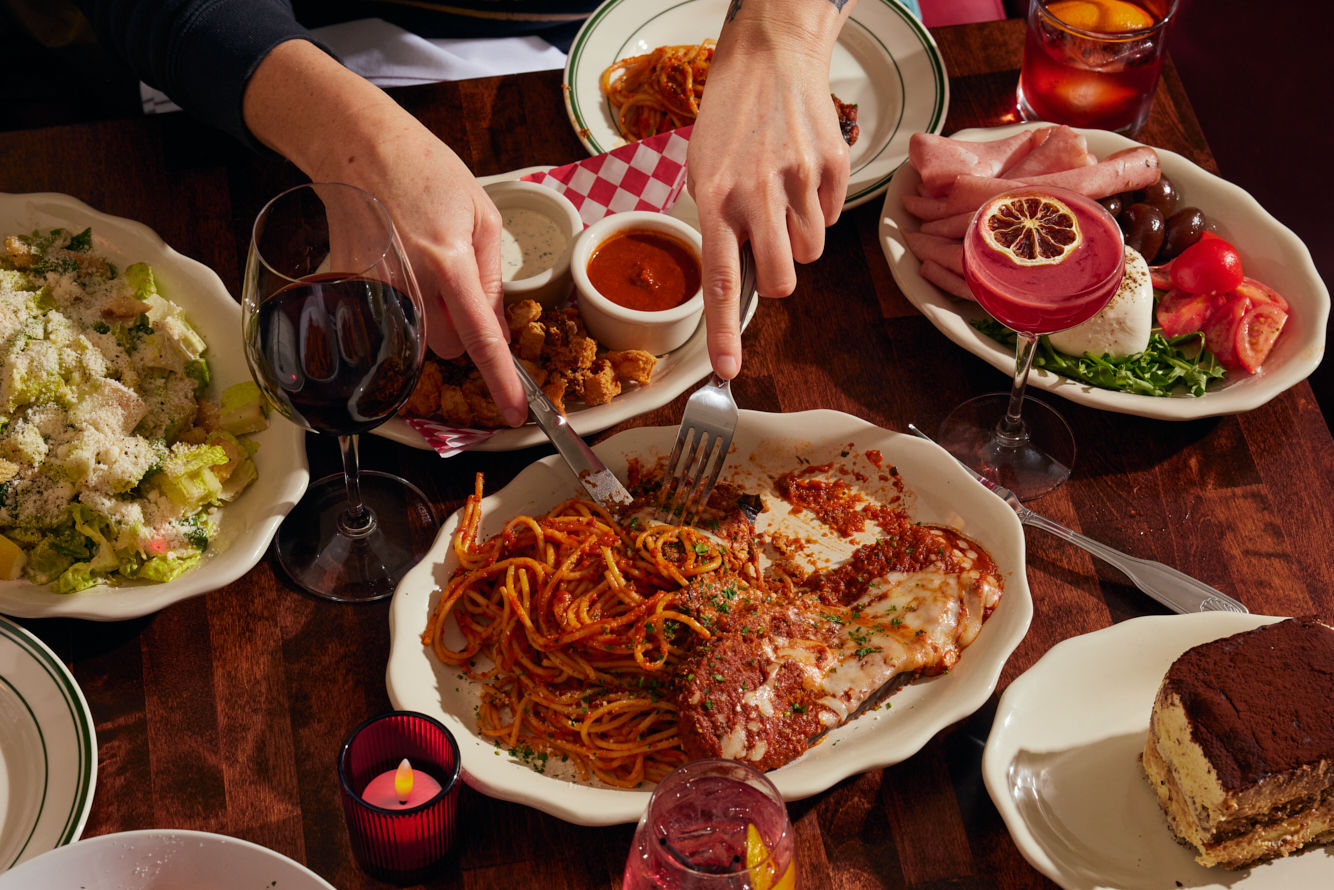Noodle Whiz Colu Henry Is a Master of Easy, Out-of-the-Box Pasta
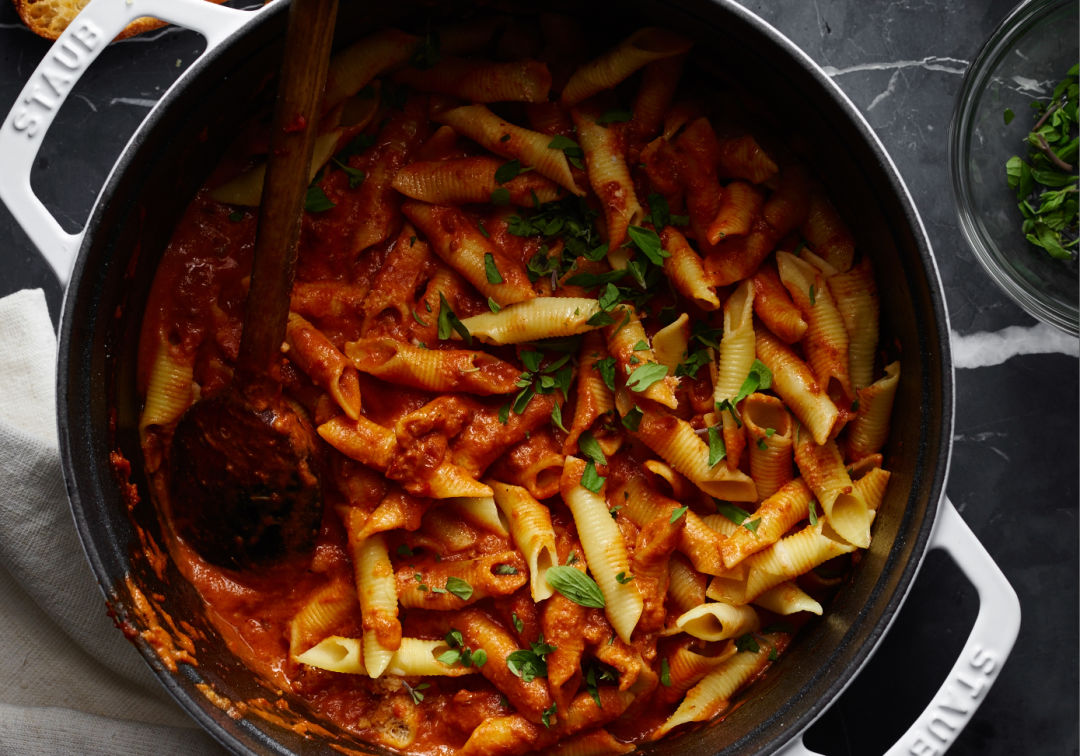
Colu Henry's favorite, smoky garganelli alla vodka
Bon Appétit’s trendy, pop-food brand owes a great deal to Colu Henry, its former director of special projects. (She also lived in Oregon for a stint, helping spearhead PR for the Oregon Wine Board.) An avid cook and recipe developer in her own right, Henry just published her first cookbook, Back Pocket Pasta, a treasure trove of Italian noodle-centric dishes—caramelized fennel and hazelnut pasta to poblano chile risotto—made on the fly. She uses the pasta platform to encourage quick, easy, improvisational cooking.
Henry will hit Portland for two events: on March 29, she'll be at Ava Gene’s with six different pastas, along with several wines and aperitifs from the book (reservations recommended). And on April 1, she'll be signing books at the Jacobsen Salt HQ from noon–2 p.m.
We caught up with Henry to find out what she stocks in her pantry, and her ultimate desert island pasta.
Pasta is a well-trodden subject. What does your cookbook add to the collection?
I grew up in a very Italian-centric home. My great-grandparents came over at the turn of the century, and my grandmother lived with us growing up. There was a big focus on Italian culture that surrounded holidays and family traditions—and we ate a lot of pasta. It’s an ingredient I’m incredibly passionate about, and also one that I’m able to feel comfortable experimenting with.
When I was working at Bon Appétit, I was coming home super late. I was tired, and I would make dinner with whatever I had in my cupboard. I’d say, “OK, I shop seasonally so I have vegetables around, and I might have leftover bacon or sausage from the weekend…” and I started putting dishes together and hashtagging them "back pocket pasta" on Instagram. Bon Appétit thought it was a fun concept and kind of leveraged the idea, and a friend of mine (who lives in Portland) suggested I write a cookbook. Luckily, many stars aligned and I was able to make it happen.
How did the #backpocketpasta hashtag influence the way you approached the book?
#backpocketpasta took off because I was sharing my creations while also encouraging people to show what they were making. I want people to be able to know what flavors work together and have the confidence and creativity to create their own back pocket pasta. I hope the main takeaway from the book is that people feel less tied to recipes. Obviously it’s a cookbook, and there are recipes, but it doesn’t need to be taken too seriously. If you don’t have pancetta, use bacon, or if you want something with more heat, add chilies—play around.
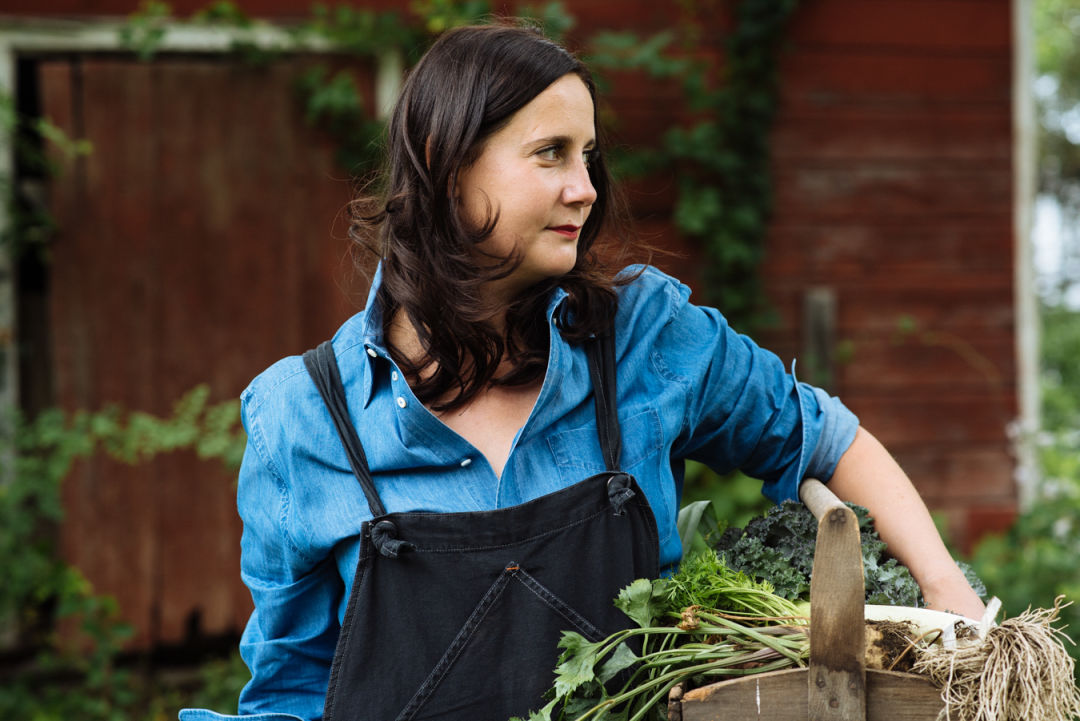
Colu Henry in her element.
What’s the story behind your place-based chapter titles, like "Mama’s," "Powers Street, Brooklyn," and "Hudson & The Valley.”
The reason I divided the book by location rather than traditional seasonal sections is because you are always at the mercy of the pantry that you have. Different things are available to you at different points in your life.
The first chapter is my take on traditional recipes that I grew up with. The next chapter came from Brooklyn, where the book was conceptualized, so those are the weeknight meals that I would make with my husband, Chad, after long workdays. Three years ago we moved to a house upstate in Hudson, and had access to produce that was being grown on farms five minutes from us. The recipes from that chapter are probably the most seasonally driven. The last chapter is inspired by travels to places like Mexico City, where, although there’s no pasta, you can turn the flavors and ingredients available into something creative.
What are the essentials for stocking a home pasta pantry?
Definitely a ton of fresh herbs—they add brightness to dishes. Citrus is nice to have around for finishing a plate with some zest. Any kind of nut—walnut, almond, or pistachio—can be toasted to put in sauces, or be an interchangeable choice for pesto. And canned tomatoes, white beans, anchovy paste, and tomato paste are all great to have around.
The book’s introduction tells home chefs to put pasta directly into the sauce after it's done cooking. What are some other tips?
Adding enough salt to the water you use to cook noodles. People get nervous about adding too much, or not enough, but the water should taste salty because you’re going to use it to bring the sauce together. I’m very passionate about adding the cooked noodles directly into the sauce to finish the dish. Once you’ve done that, you have a big stockpot of pasta water that you can ladle directly into the sauce.
If you had to pick one desert island pasta, what would it be?
Smoky garganelli alla vodka. At Italian-American restaurants penne alla vodka is popular, but this one has ‘nduja in it—a spicy, spreadable salami from Calabria—and it melts right into the sauce. It’s not textural; it just leaves a spicy, smoky flavor and elevates the whole dish. I would also take pasta with clams, though, because it’s my favorite.
